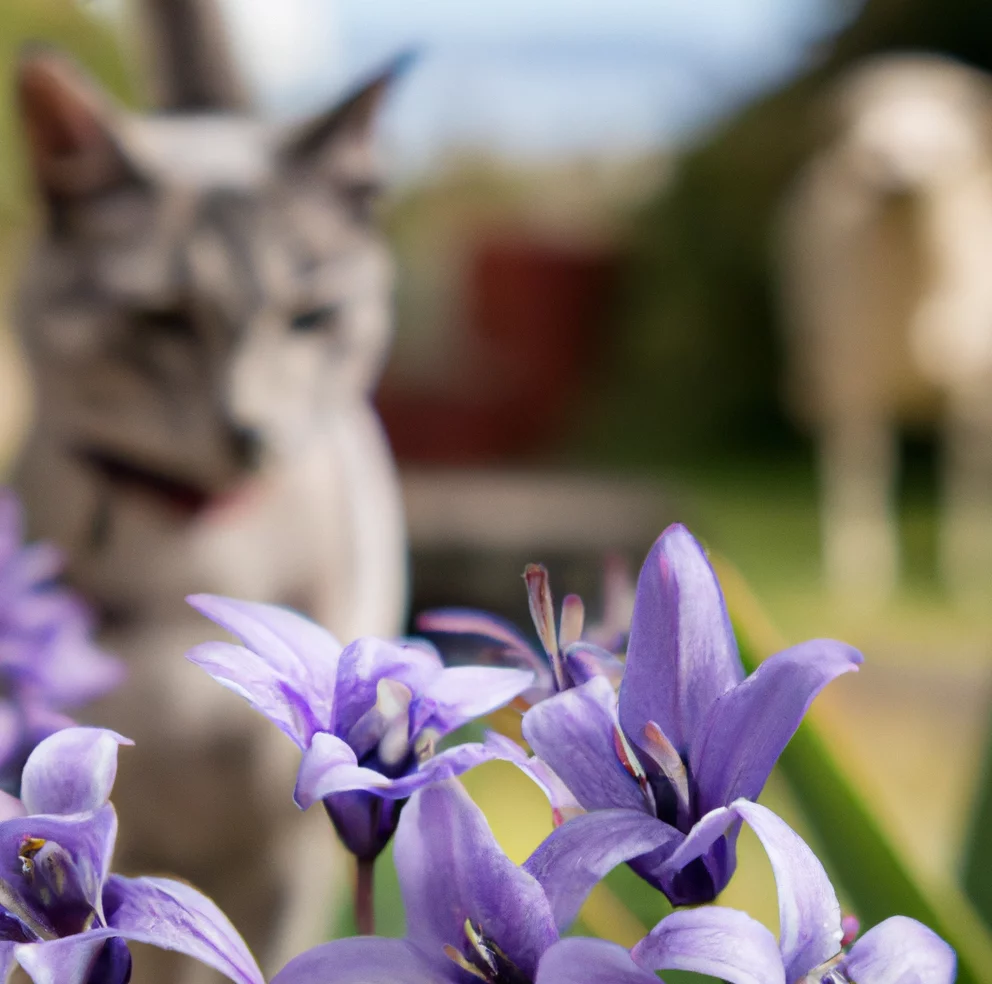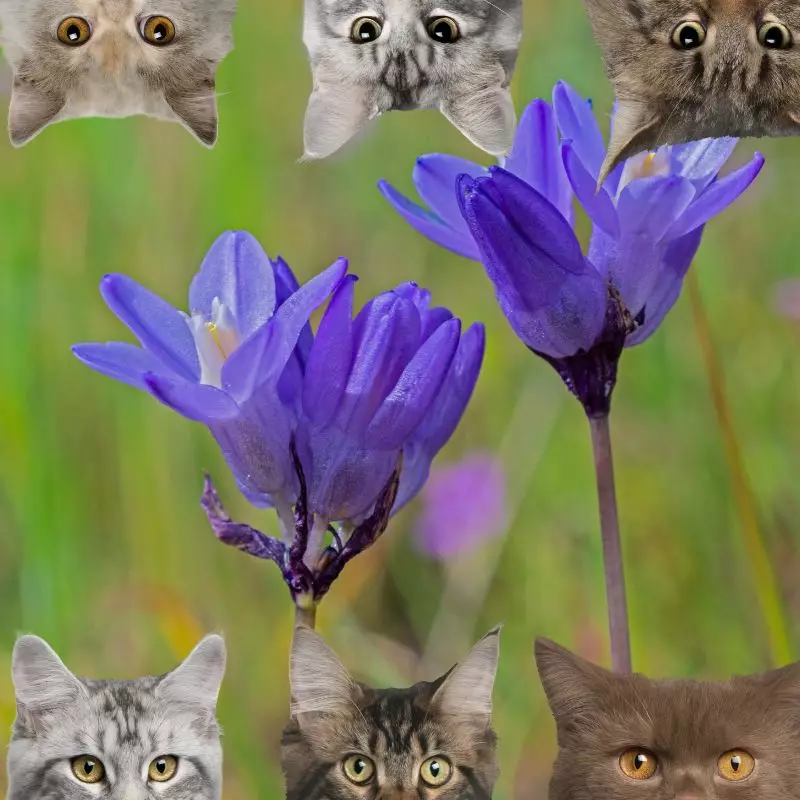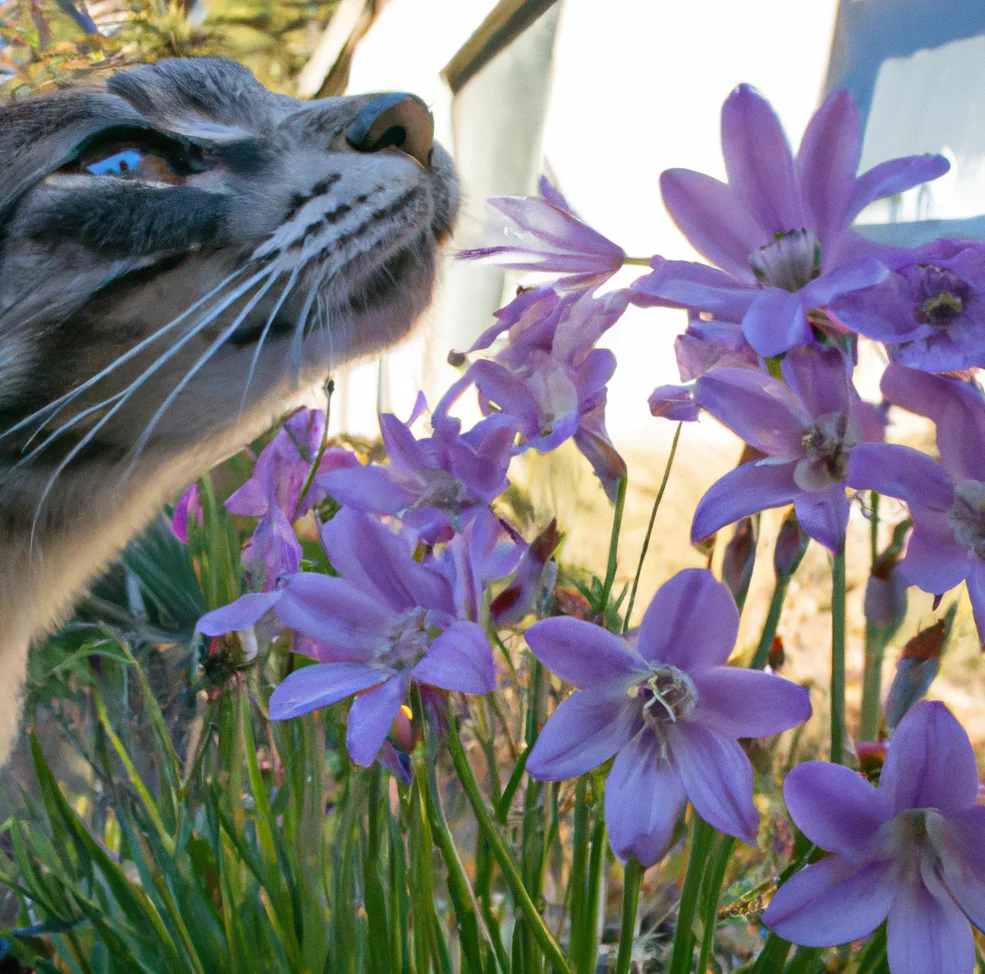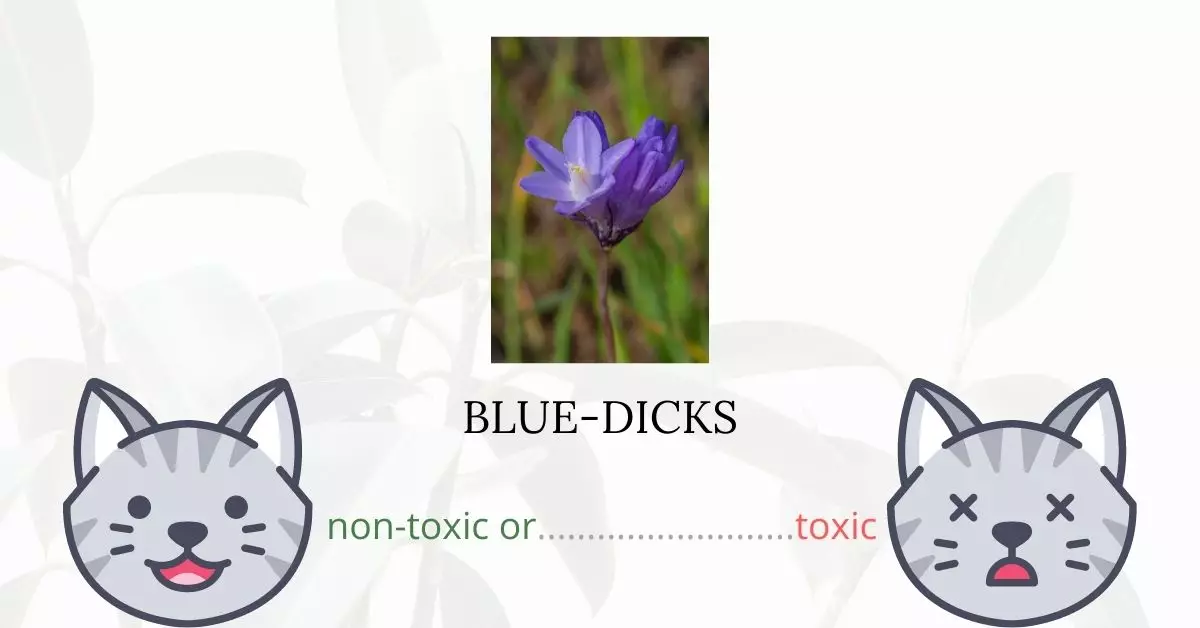Blue-dicks, also known as Wild Hyacinth, are fundamentally non-toxic and generally safe for cats, posing no inherent risk of poisoning when ingested.
To affirm the accuracy and reliability of this information, this article has been meticulously crafted in collaboration with a panel of seasoned Doctors of Veterinary Medicine (DVMs). Their extensive experience and knowledge have been invaluable in elucidating the potential risks associated with various plants, including Blue-dicks, and their effects on feline companions. Additionally, to ensure the comprehensiveness and validity of our content, extensive research was undertaken, consulting high-authority and reputable sources such as ASPCA and PetMD, focusing on the impact of each plant on cats.
The vibrant and attractive blossoms of blue-dicks can indeed enhance the aesthetic appeal of your gardens. However, one might wonder, given their non-toxic nature, is it advisable to allow our feline friends to consume Blue-dicks or Wild Hyacinth regularly?
Can Cats Eat Blue-dicks or Wild Hyacinth?

A bite of blue-dicks would not hurt your cat. While blue-dicks are also called wild hyacinths, they may cause confusion with hyacinths from the Liliaceae family which are considered toxic for cats.
But, this does not mean that your cat may eat blue-dicks on a daily basis. You cannot be complacent with your cats particularly when it comes to their consumption of plants.
Eating an excessive amount of plants has negative effects on cats. Why? Because cats are carnivorous animals and they cannot completely digest plant matter. As a result, cats might get stomach upset from eating too much vegetation. This may cause them to vomit and experience mild diarrhea.
What are Blue-dicks or Wild Hyacinth?

Blue dicks also have various common names including purplehead, brodiaea, field cluster lily, ookow, fork-toothed ookow, and wild hyacinth. It is a perennial wildflower from the Asparagaceae family endemic to western North America’s mountainous areas. It was previously known scientifically as Brodiaea pulchella, Dichelostemma pulchellum, and Hookera pulchella from the Liliaceae family and is now known as Dichelostemma congestum.
It has a tall, slender, bare stem with a dense inflorescence of six to fifteen blooms, each approximately a centimeter broad and long with six petal-like lobes in vibrant purple colors. It has a blooming stem that is often bent or twisted (rather than straight), an umbel that is thick and not open, and filaments that are crown-like, creating a tube outside the anthers in certain species.
Keeping Cats Away From Blue-dicks or Wild Hyacinth

Blue-dicks are more likely to be found outside, yet they are more prevalent in mountainous places. Keeping your cat occupied and well-fed indoors is the greatest method to deter them from eating strange plants outside.
Since cats are curious and get easily bored, this combination of their characteristics makes them vulnerable to poisoning as they tend to eat plants out of boredom or hunger.
If you have plants at home, potted plants should be placed in a space that your cat cannot access. You may also try using natural deterrents to drive away your cat from getting near your garden plants.
Plants to Avoid For Your Cats
If you are a cat owner and unsure if the plants growing in your yard are harmful to your cats, check out this list of toxic plants for cats. You can also check our list of non-toxic plants for cats.





